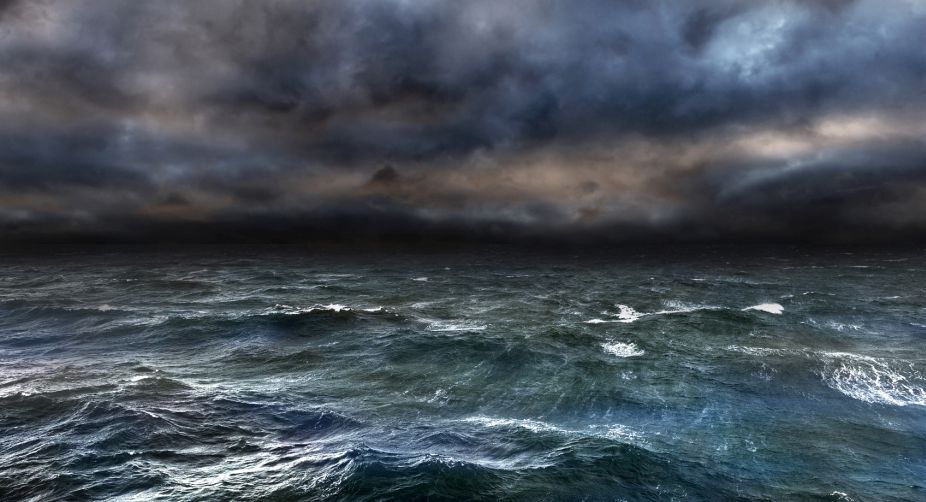Mass seabird extinction due to climate change in Antarctica: Study
Global climate change is understood to be the leading cause of upsurges in the magnitude and frequency of extreme weather events.

Representational image (Photo: Getty Images)
An increase of just 1-2 degrees Celsius in shallow waters on the West Antarctic Peninsula has radically reduced marine diversity, a new study revealed on Friday.
Researchers from the British Antarctic Survey and the Smithsonian Environmental Research Centre placed heating panels at the bottom of the seabed in order to measure what effect it would have on local marine species.
Advertisement
Although the temperature only warmed the water a few millimetres above the panels, the increase was enough to have “massive impacts on a marine assemblage”, the study said.
Advertisement
Marine biologist Jonny Stark from the Australian Antarctic Division told Xinhua news agency here that the results of the study were “very surprising”.
“It goes against a lot of what we understand about how animals respond to changes in temperature, particularly in Antarctica,” Stark said.
“The fact that a couple of species had a big increase in their growth rate was quite unusual at only one degree above what it would usually be at that time of year.”
Over the course of the nine-month study, the research highlighted that very little is known about what impact climate change will have on the balance of sea life in certain parts of the world.
In an area like Australia, differences in ocean temperatures are likely to change around 10-20 degrees throughout the year, however, species in Antarctica have evolved in an environment where there is very little variation in temperature.
“It’s certainly a concern, I don’t think anyone was expecting to see such an increase with only one degree change in temperature,” Stark said.
As other marine animals decreased, two particular species began to thrive.
A marine worm known by its scientific name Romanchella perrieri and Fenestrulina rugula, a small invertebrate, both grew by around 70 per cent in the area.
Advertisement